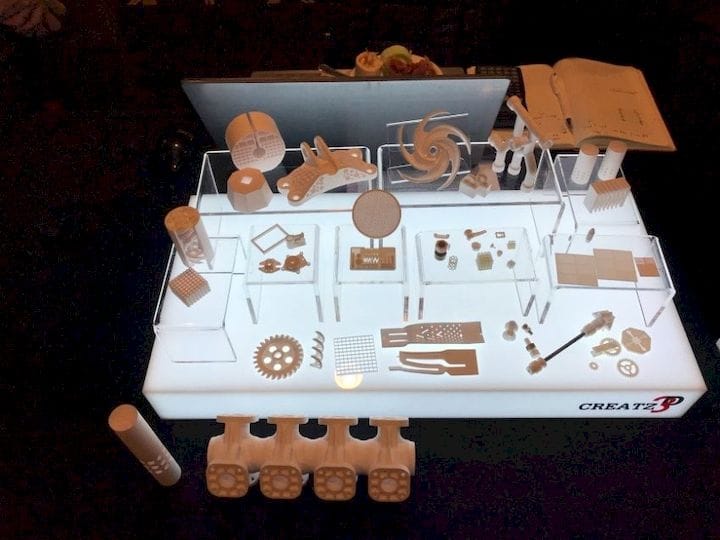![A selection of 3D printed ceramic parts [Source: Creatz3D]](https://fabbaloo.com/wp-content/uploads/2020/05/image-asset_img_5eb0a3a0dc59c.jpg)
Adoption of 3D printing does not happen all at once.
No, it seems to follow a very lengthy process. The reason for the long durations seems to have a lot to do with changing the mental picture of the technology among participants.
Business operators understand their current business very well and don’t often rush to make changes as that could jeopardize their business. However, they do seek efficiencies and additional profits when there are ways to achieve them.
But there is another element present: faith. When presented with a logical argument about how a technology could, say, speed up an existing process, does the recipient believe the argument? Can they understand the logic at all if they have no familiarity with the technology? Would they trust that it actually does what it claims to do?
This is a significant barrier to 3D print adoption.
Even if a business does understand the logic, there is another barrier: risk. An operating business is known, with 100% accuracy, that its business process does work. But what about a new process involving a new type of technology? Is that known to 100% accuracy? Certainly not, so there is some degree of risk involved. Depending on the attitude of the operation, that risk may be undertaken – or not.
As a result of these phenomena, 3D print adoption is slow. One very interesting effect is that service bureaus tend to adopt the new technology first.
The reason for this is that there is an implicit market created for that new technology: those who are not willing to buy it themselves might want to “try it” by using a service bureau at lower cost.
This is a way for an organization to “prove” the usefulness and utility of a new technology before acquiring and implementing it themselves.
For many 3D print technologies we have seen this sequence unfold: service bureau, in-house experiments, larger-scale experiments, all leading to full usage one way or another. Perhaps the grandest example of this is the adoption of metal 3D printing technology, which has recently exploded in the aerospace sector.
That industry had been working with metal 3D printers for many years, playing with prototypes and experiments – but also demonstrating to the bosses “that this stuff actually works”.
The bosses finally got the message and started to deploy the technology to their full business process. Then something interesting occurs: competitors see this, and see that a competitive advantage has been created. They seek to close that gap by implementing the technology themselves, leading to a kind of arms race in the technology.
![A ceramic 3D print with very complex geometry [Source: Creatz3D]](https://fabbaloo.com/wp-content/uploads/2020/05/image-asset_img_5eb0a3a14e90f.jpg)
That sequence has not yet occurred in ceramic 3D printing, which is at an earlier stage of development. I believe ceramic 3D printing will be a very major force in the future, as it holds so many unique properties.
Ceramic materials can be highly temperature and chemically resistance, far more than almost any other 3D printable materials. Ceramics can also be used as molds for other materials, sometimes on very large scales.
None of this has been exploited to the max yet.
But I think things are moving forward, however. Today I’m reading a story about a Singapore-based 3D print service, Creatz3D, which has partnered with 3DCeram to install one of the company’s ceramic 3D printers in a remanufacturing center.
This is obviously not a large deployment, such as we currently see for metal 3D printers, but more of a first step. In the center it is likely the machine will be used experimentally and as a demonstration machine for others. If someone in that region is curious about the technology, they need only visit the center to learn more.
That, to me, is one of the evolutionary stages of development for ceramic 3D printing.
Via 3DCeram











Tritone has been quietly building their MoldJet technology and is nearing a release of their beta 3D printing equipment.